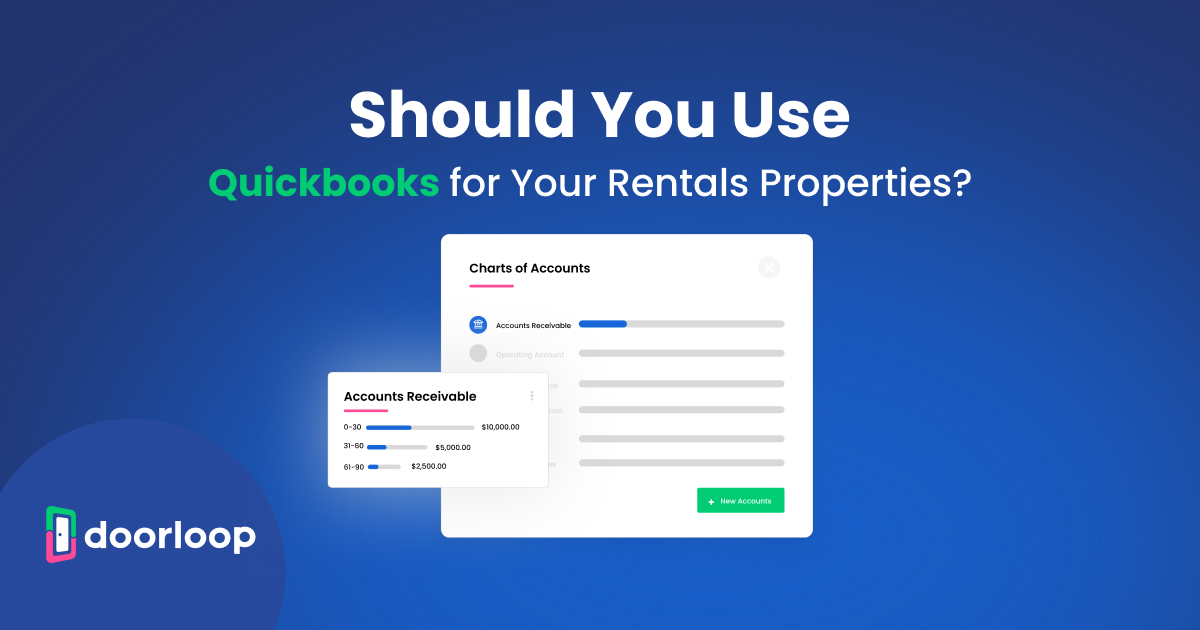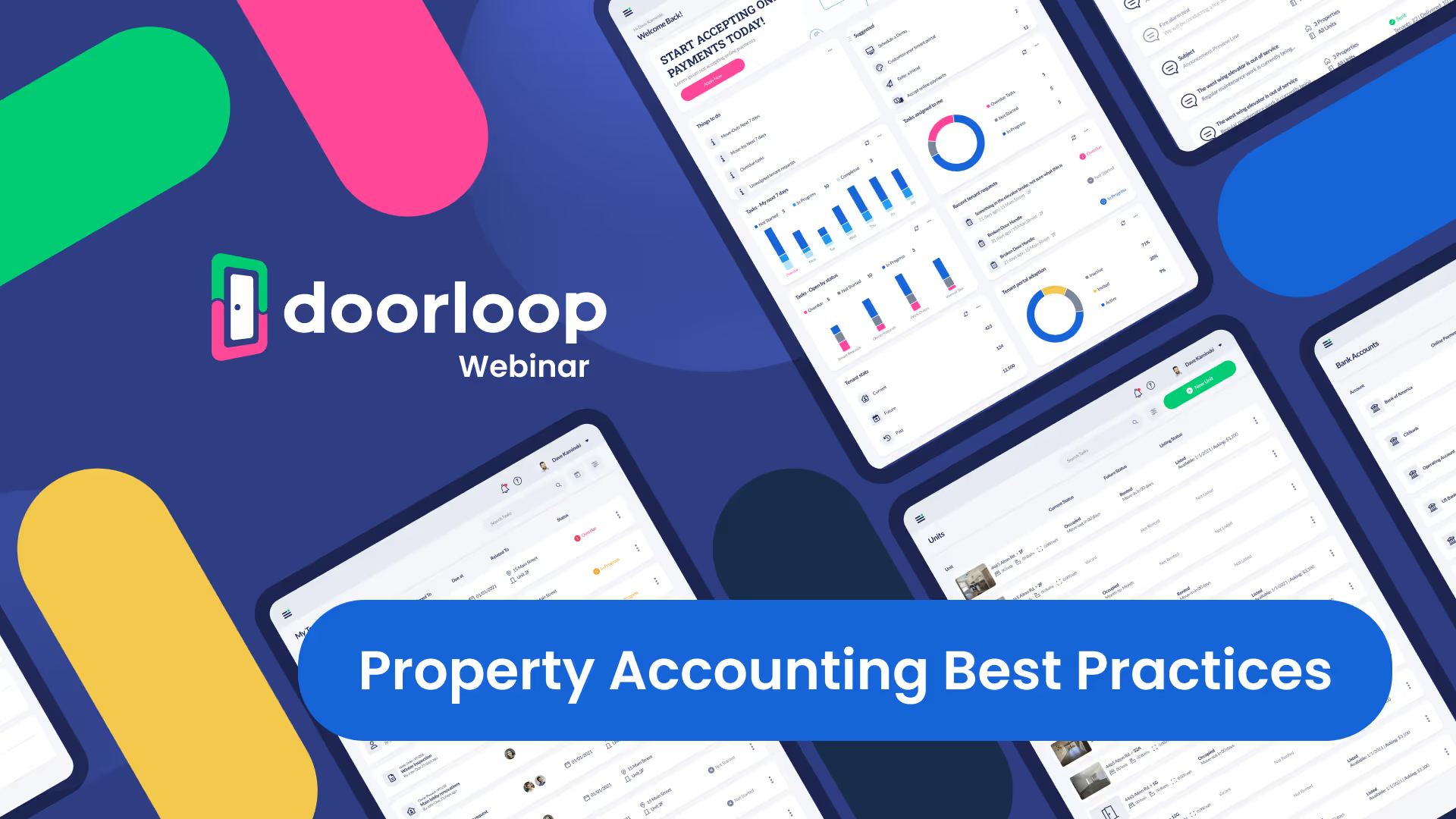There is a whole lot to think about as a rental property investor when considering purchase options. One of the most important factors for most is the potential income or profit it could generate. A gross rent multiplier calculator is one of the tools you can use to figure this out.
Before investing in any property, you need to know that it is worthwhile and that the expected cash flow is enough for you to make a reasonable return. Most people turn to multiple tools and real estate calculators to get the whole picture, and the gross rent multiplier calculator is part of that.
In this guide, we cover how you can use the gross rent multiplier calculator, what it tells you, and what information you need to make the calculations. We also share a few examples of when it can be applied and what the gross rent multiplier formula looks like in action.
Let's get started.
What Is a Gross Rent Multiplier?
A gross rent multiplier is a number used to express the rental income potential of a property compared to its fair market value. Real estate investors use the multiplier to establish whether or not an investment is worth it- and to compare properties to find the one that should, in theory, earn them a higher return.
The gross rent multiplier (GRM) is expressed as a number (more on how we get there shortly). The real estate investor can use this number to measure the appeal of a property based on profitability. A higher GRM means lower potential profit.
Most investors have a maximum figure in mind for a property's GRM calculation. Anything above that number is automatically ruled out. They look for a lower GRM instead.
How to Calculate Your Gross Rent Multiplier
The gross rent multiplier formula is very simple. All you need to do is take the property's current market value and divide it by the expected gross annual rental income.
It is important to remember that this calculation is based on estimates and should not be the sole decider of whether or not you move ahead with an investment.
Understanding the Variables
As explained above, there are two variables in play when you calculate gross rent multiplier (GRM) for investment properties: property value and gross rental income.
Before we look at examples using a gross rent multiplier calculator in real estate, let's take a closer look at the variables and the things that affect them.
Property Value
The rental property value you use for a GRM calculation should be based on the most recent fair market value estimate. Evaluate the property based on comparable properties and recent sale prices in the same area, and ideally should come from an independent source with no vested interest.
It is important to have the property valued realistically and as close to the potential sale as possible. That way, the likelihood of having accurate numbers for your calculation is higher.
Here are a few things to bear in mind when evaluating a property value.
- Don't take the price given by the seller or broker as 100% accurate. They are likely to provide the best value the property could possibly sell for to make it seem like a more attractive prospect.
- Look at the values of similar properties in similar areas, including sales from the last few months and current listings.
- Be aware of the market and whether or not it is in your favor. The same property could sell for less or more at a different time, so it helps to have an idea of the trends.
Overall, you want to have the most accurate property value possible so that your GRM calculation is as accurate as possible. If you input a value that is vastly different from what you end up paying, the gross rent multiplier figures you have will be way out.
Gross Rental Income
Secondly, you need to work out the annual gross rental income you expect to generate through a property. You find a property's gross rental income by taking the monthly rent you believe you can charge and calculating it for the entire year.
Of course, if you know you would only rent the property for six months of the year, for example, you would base the expected annual gross income on that.
Many things could impact the gross annual income generated through rent. Vacancy rates and price adjustments are the most obvious. You can factor in an expected vacancy rate when you work out the gross rent amount, and you need to be as realistic as possible about the amount you can charge.
When looking into a rental property investment, the real estate agent, broker, or seller can usually share some information about the rent potential. You can also learn a lot from the average market rent in the area.
That said, you should ask what the estimate is based on. If they share details of similar properties or recent past rent generated through the property, you can use it as a base for your estimation. On the other hand, if they have nothing to support their estimate, it is better to make one yourself based on the information you have available.
Remember, gross annual rent means the total for the year without any deductions. It is purely the amount of money an investment property could earn through rent.
Example of the Gross Rent Multiplier Formula in Use for Real Estate Investors
To give you a better picture of what this calculation may look like for you, we have shared a few examples of people using the multiplier on various income-producing property investments.
In each formula:
- PV means Property Value
- GAR means Gross Annual Rent
- GRM means Gross Rent Multiplier
Single Family Home Valued at $500,000
Let's say a rental property firm is considering acquiring a house valued at half a million dollars. They have done their research and believe this property price to be accurate.
The firm has several other similar properties in a nearby area that they rent for between $3,000 and $4,000 per month. Most of their properties have long-term leases, and they expect this to be the same.
Based on these facts, they expect the gross monthly rental income to be $3,600 with a 0% vacancy rate once the property is up and running. That makes the gross annual rental income $43,200.
In this case, the gross income multiplier calculation is as follows.
- PV $500,000 ÷ GAR $43,200 = GRM 11.57
Multi-Unit Apartment Building Valued at $700,000
In the next example, the real estate investors are looking at a four-unit apartment building with an asking price. For the sake of the calculation, they are happy to use this figure as the property value.
According to the selling agent, all four properties can be rented for $2,500 per month per unit. This is a little higher than the average rent in the area, but the building has many perks. That means the total monthly rental income potential is $10,000- or $120,000 per year.
One unit has a few potential issues that could interfere with finding a long-term tenant. Because of this, the investor decides to apply a vacancy rate of 50% to that unit. That makes its earning potential a little lower at $1,250.
The new annual gross rental income for the entire property is $8,750 x 12 = $105,000. Using these numbers, the GRM calculation looks like this.
- PV $700,000 ÷ GAR $105,000 = GRM 6.6
Based purely on GRM, the second property is the more attractive investment. However, there are many other measurements to look at before deciding.
What Is a Good Gross Rent Multiplier?
In theory, the lower the GRM, the better. The closer your gross rent multiplier is to zero, the more money you can earn in return based on this calculation.
That said, a property can come out looking great if you look at the GRM- but not so great if you consider other things. Investors should never buy a property going off this calculation alone.
Leveraging a Gross Rent Multiplier Calculation: Uses and Limitations
Now that we know what the formula looks like in action, let's talk about when it is useful and where its limitations lie. Let us begin by saying there are many limitations to this calculation.
The biggest drawback of using GRM is the lack of influencing variables. All you are looking at is the gross rental income for the year- but it doesn't account for operating expenses, property taxes, refurbishment requirements, closing costs, and the differences between markets.
If we take the two examples above, the first property had a higher GRM- making it seem like the less profitable investment. However, it could be a brand-new property ready to rent as is, with almost no further investment required. It may also have reliable utilities and energy-efficient features that keep expenses to a minimum.
The second property with the lower GRM could need some major utility upgrades. Because it is a shared building, there are also higher expenses to consider for the upkeep and shared amenities. All these things cut into the net operating income, leaving less profit after all is said and done.
This is just one example of how a gross rent multiplier calculator fails to provide the full picture.
The best time to use this calculation is if the two properties are almost identical in expenses, value, and other features. It could be the one thing that sets the two apart.
Learn More About Your Investment with DoorLoop Calculators
There is a lot more to think about than just GRM, and DoorLoop can help in many ways. DoorLoop calculators help you monitor various financial factors in the rental property industry, and the property management software provides a robust and intelligent solution for maximizing profitability, productivity, and the overall success of your business.
Find out more about the difference DoorLoop could make by scheduling a free demo today!
Summary
A gross rent multiplier calculator can help you compare investment prospects, but it is not a detailed enough formula to be the leading factor in a financial decision. Learn more about real estate investing and how to successfully manage your rental properties with DoorLoop.
































.svg)
.svg)

